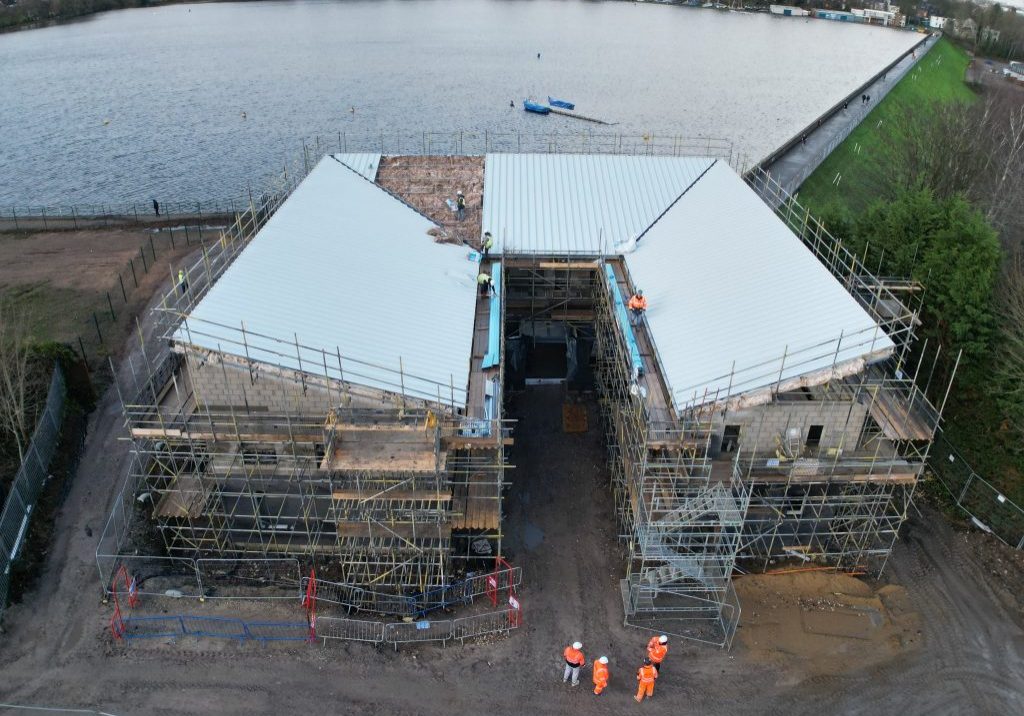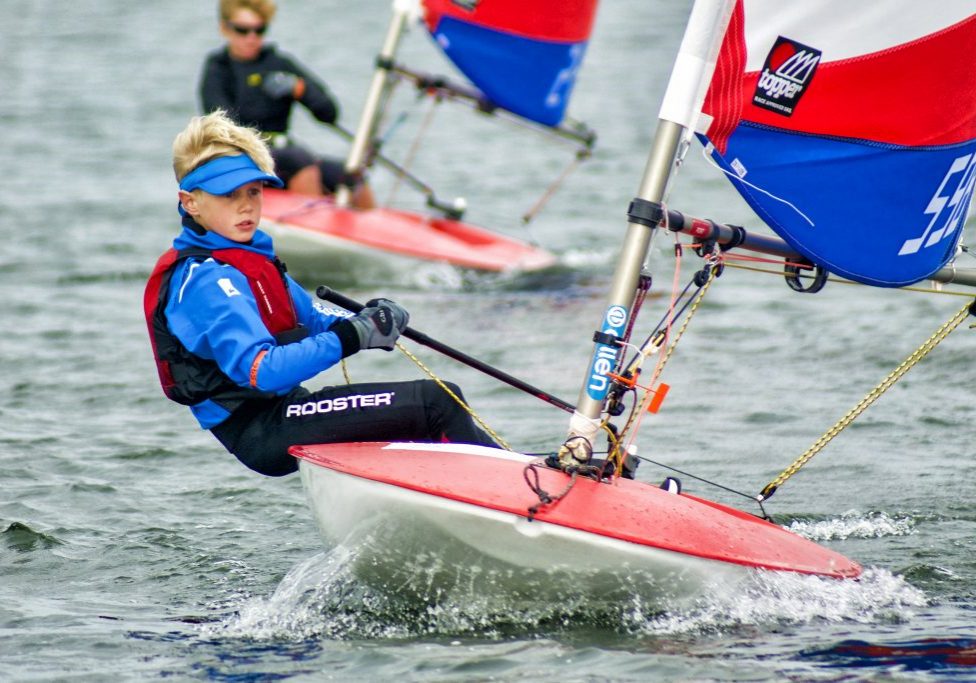Course spotlight: Water Safety
At Sea Cadets we paddle, sail and row all year, so water safety is really important to us. Find out about the test that all cadets need to do to stay safe
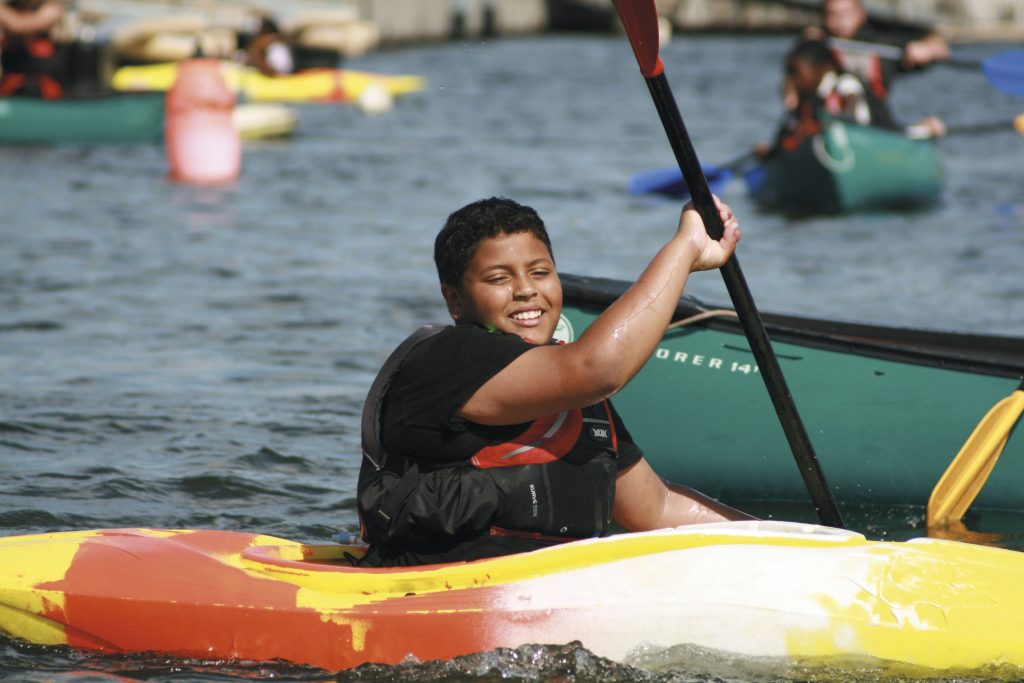
Not only do we do a diverse range of activities afloat, but we do it all across the country, so the types of waterways we use for boating vary from the smallest lakes to the open sea. This means we need to do everything we can to prepare participants for going afloat as safely as possible, while still offering the challenge and adventure that help young people thrive.
Do all cadets have to do a Water Safety Test?
All members of Sea Cadets must do a compulsory Water Safety Test before they can participate in any boating activity at any of our venues. You only have to complete this once, and it is put on your record. However, there will be plenty of other opportunities to get in the water though your cadet career! The test could either be a Swimming Test, or Water Safety Test wearing a buoyancy aid.
What about volunteers?
Volunteers can either complete one of these tests or a self-certification form to confirm they are competent in the water.
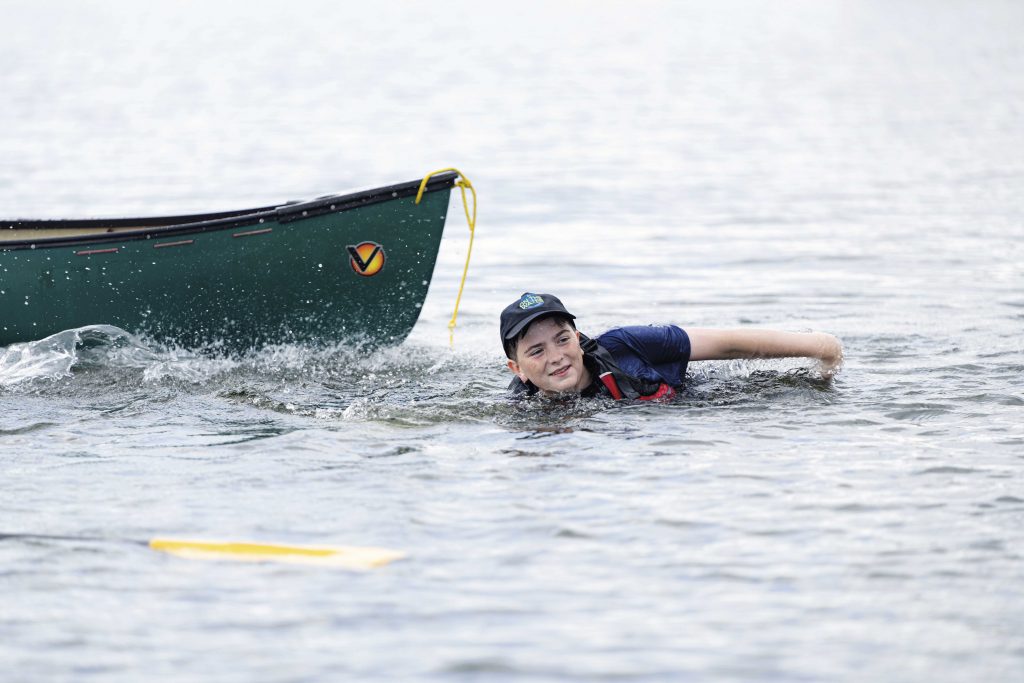
Is equipment provided?
Sea Cadets is lucky to benefit from Royal Navy support with water safety equipment. All our boating venues have buoyancy aids and, where appropriate, gas-inflating lifejackets provided by the Ministry of Defence. This support ensures all cadets have the best-quality water safety equipment whether they are a seasoned boater, or a new starter.
We want all cadets to enjoy safe, fun, yet challenging adventures, courses and activities on the water during their time with us, supervised by qualified instructors. Ensuring water safety first thing in their cadet career is a key part of making sure everyone enjoys themself while staying safe.
Keeping everyone safe on the water
Most cadets complete the Water Safety Test, so there is no need to be an amazing swimmer, just make sure you’re confident in the water while wearing personal buoyancy.
The Swimming Test
A. Enter the water safely.
B. Swim 40 metres.
C. Stay afloat for a period of three minutes with no aid to flotation.
D. Climb out of the water, unaided, from the deep end.
The Water Safety Test
A. Enter deep water by stepping off the side.
B. Swim 25 metres.
C. Tread water/stay afloat for a minute.
D. Exit water, with assistance if required.
More news & Events
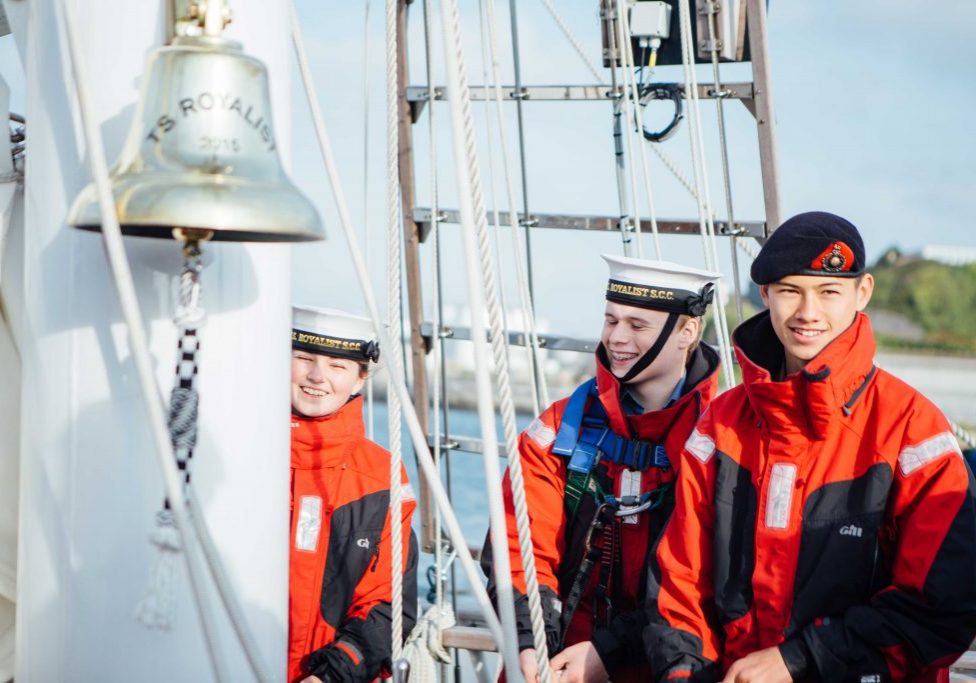
Keeping everyone safe at Sea Cadets
The latest editions of the Safeguarding Pocket Guides are now available for juniors and sea cadets to help keep everyone safe

